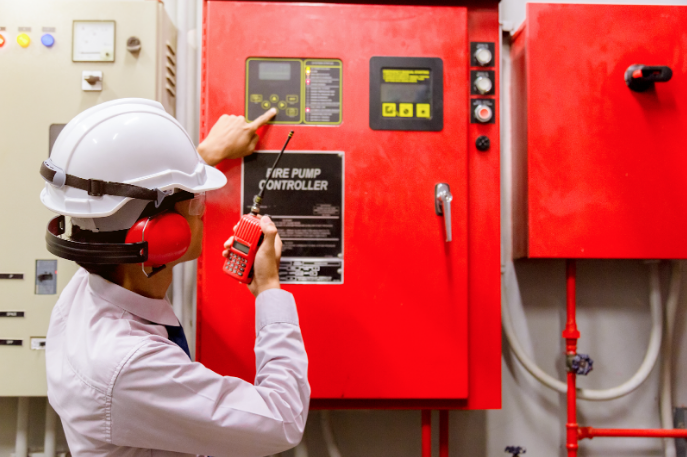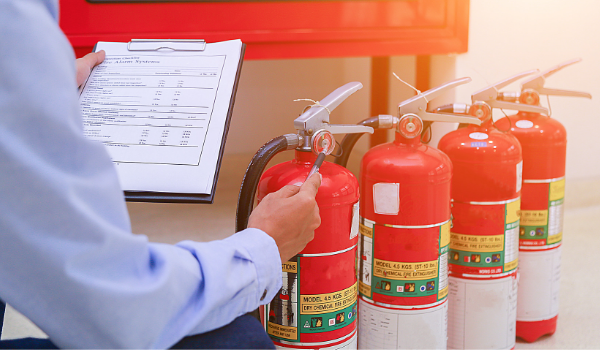The portable fire extinguisher has been in the world for quite some time now. They have had a major role in defining the world we see today by protecting our buildings. But they require annual maintenance by a licensed fire protection professional. As a building owner, they also require you to do monthly visual inspections.
Through the fire extinguisher project report, you can check whether the extinguishers are in the right position or not. It helps you check their functionality and if they are compliant with the fire code. Neglecting the annual maintenance can lead to citations from the local fire department.
NFPA10 is a standard for a portable fire extinguisher. The code addresses the importance that certain conditions are being maintained to ensure the fire extinguishers’ proper functioning. You must schedule an inspection today and get your fire extinguisher project report. To help you understand the process, here are a few things:
Preparing for annual fire extinguisher inspection
The fire extinguisher technician scheduled to conduct your inspection will come and review the extinguisher. After inspection, they would provide you full fire extinguisher project report.
The purpose of the report is to determine if any of your fire extinguishers need maintenance or 12- year hydrostatic testing. To check it, the professional should be well-equipped.
During the review
The professional would inform you of their coming to the site for the inspection. On arrival, they might ask you to walk you throughout the property to check all where the extinguishers are installed. You can even give them full access to the building to conduct the inspection process alone.
Some of the basic questions you might be asked include how many extinguishers are installed and how many are due for maintenance. Now, the inspection work begins
Visual Inspection
It all begins with a visual examination of the exterior. The expert would thoroughly look for any dents, damages, repairs, or corrosions. They would inspect the pressure gauge, hose or nozzle threads, handles, and levers. It also includes checking the hanger, bracket, or cabinet. It should be undamaged and properly mounted.
One of the prominent parts of the fire inspection process is to check the instructions on the cabinet. The instructions should be legible and facing outward. It also helps them recall the model of the fire extinguisher.
Functional testing

The tech would remove and examine the nozzle to check if the nozzle is unobstructed. It ensures the hose and the coupling are not cut, cracked, damaged, or deformed.
Now, they would also examine the internal valve port surfaces and threads. They also check for any signs of leakage, corrosion, or damages caused to it. They would also assemble and reinstall the nozzle and hose. They check the retention band is secure and well adjusted.
Next, the extinguisher is weighed to ensure it is corresponding to the weight mentioned on the label. After this process, the tech would reinstall the ring pin and install a new tamper seal. They would also clean and remove any foreign material on the extinguisher and place it back.
Report
Once the inspection is complete, the professional will give you a fire software. It will have the dates on the work that was performed and also the last time the review inspection happened with information of any damage or necessary repair.
They might also recommend you the right number of fire extinguishers you need for the building. And then they will fill out their service ticket on which you would have to sign. One copy of the customer record would be given to you, and the updated report will be emailed to you once they complete the paperwork at the office.


